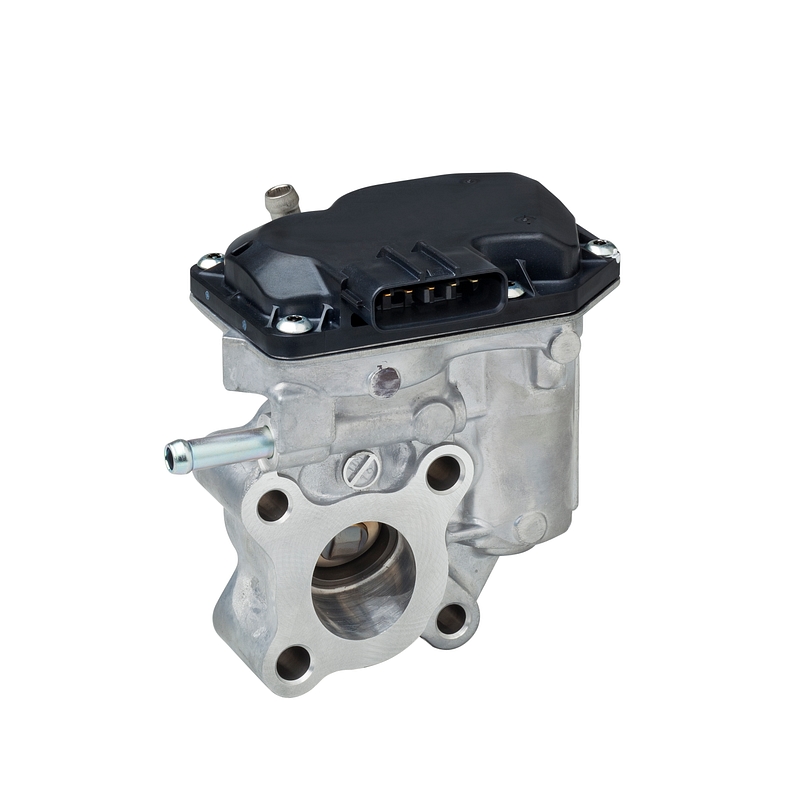The exhaust gas recirculation system explained

Contrary to popular belief, exhaust gas recirculation (EGR) valves are not intended as part of an exhaust gas purification system. Instead, the EGR system is designed to influence the air fuel (A/F) mixture formulation and consequently the combustion process. The idea is that by adding a larger proportion of inert gas to the A/F mixture, the combustion temperature is reduced. Lower combustion temperatures result in a reduction of nitrogen oxide (NOX) in the exhaust gasses.
This is where this explanation fits in, because understanding the fundamentals is important, as it allows technicians to recognise the likely issues when diagnosing faults and replacing failed components within the EGR system.
Inert gas (inflammable) is not available in a tank. Instead, exhaust gas is used for the purpose of mixing into the A/F mixture
The purpose of the EGR valve is to recirculate some of the exhaust gas into the cylinder
Correct levels: Not too much, not too few.
Differences in pressures and flow

The purpose of the EGR valve is to recirculate some of the exhaust gas into the cylinder.
To achieve the necessary pressure for efficient EGR, regulating valves are used in the intake air system, as they generate the pressure difference required between the exhaust gas side and intake side. As indicated earlier, after the fuel/air mixture has been burned, some of the exhaust gas is taken through the EGR valve, and this regulates the subsequent mixing of the exhaust gas with the intake air.
This means that less oxygen reaches the cylinder and less oxygen means a lower combustion temperature, which significantly reduces the quantity of NOX the engine produces, because the higher the temperature, the more harmful NOX is produced. The valve is, therefore, a key component within the EGR system, as it regulates the quantity of exhaust gas that is returned.

EGR valves come in various designs and models, both pneumatic and electrical and, since simple EGR is often not sufficient to fulfil emissions standards, some come with connections for cooling. This is because cooled exhaust gas further reduces the combustion temperature, which once more lowers the amount of NOX that is produced. However, bypassing the valve is also possible if high exhaust gas temperatures are required to regenerate the diesel particulate filter, for example.
Naturally, sensors also play a pivotal role within the EGR system, particularly the NOX sensor, which is mounted in the exhaust system and conveys vital information to the vehicle’s electronic control unit (ECU) to allow it to adjust the air/fuel mixture and the regulation of the EGR valve, as examples. Constantly exposed to a stream of very hot exhaust gas, just like the valve, the NOX sensor is also subjected to an extremely hostile working environment.
The EGR system however cannot be disassociated from the vehicle’s ignition and engine management systems (EMS), because all are required to work in unison to allow the engine to work within its intended design parameters and deliver the fuel consumption, emissions and performance the vehicle requires.
As a major original equipment manufacturer to vehicle manufacturers globally, DENSO aftermarket components provide workshops with the ideal replacement solution when servicing and repairing both petrol and diesel engines.
The ignition programme includes spark plugs, glow plugs and ignition coils, while the EMS range encompasses lambda sensors, exhaust gas temperature sensors, mass air flow sensors (MAFs), camshaft and crankshaft sensors, EGR valves and manifold absolute pressure sensors (MAPs). In addition, among DENSO’s diesel components are common rail injectors and pumps.
Further details of the DENSO Aftermarket programme are available online at: www.denso-am.eu




















































